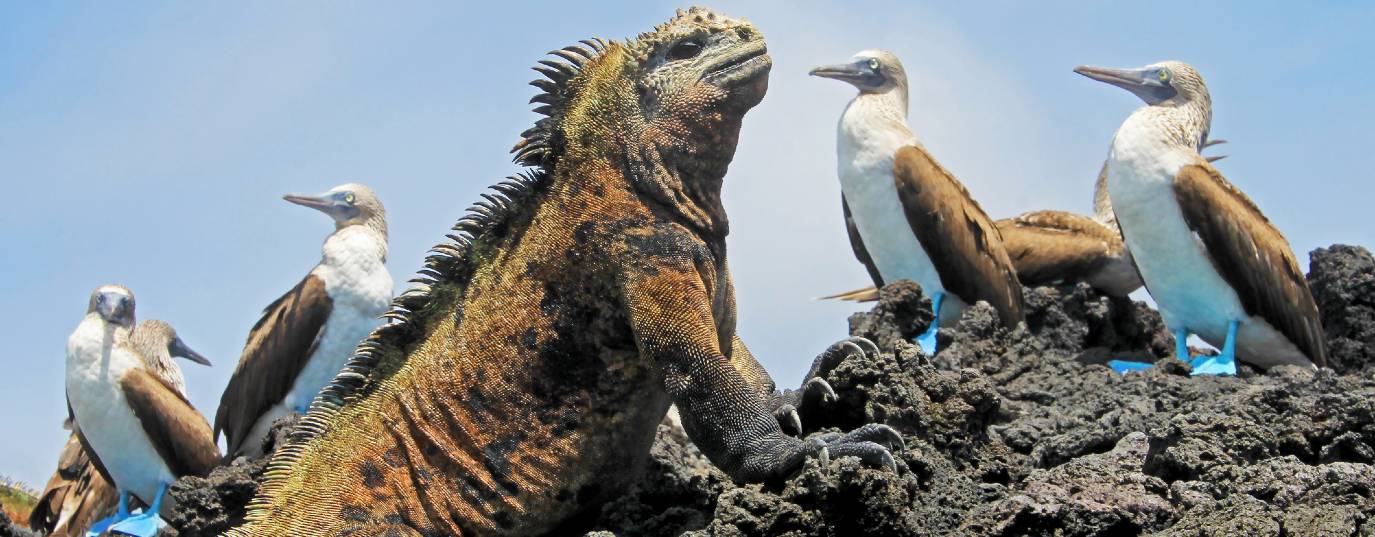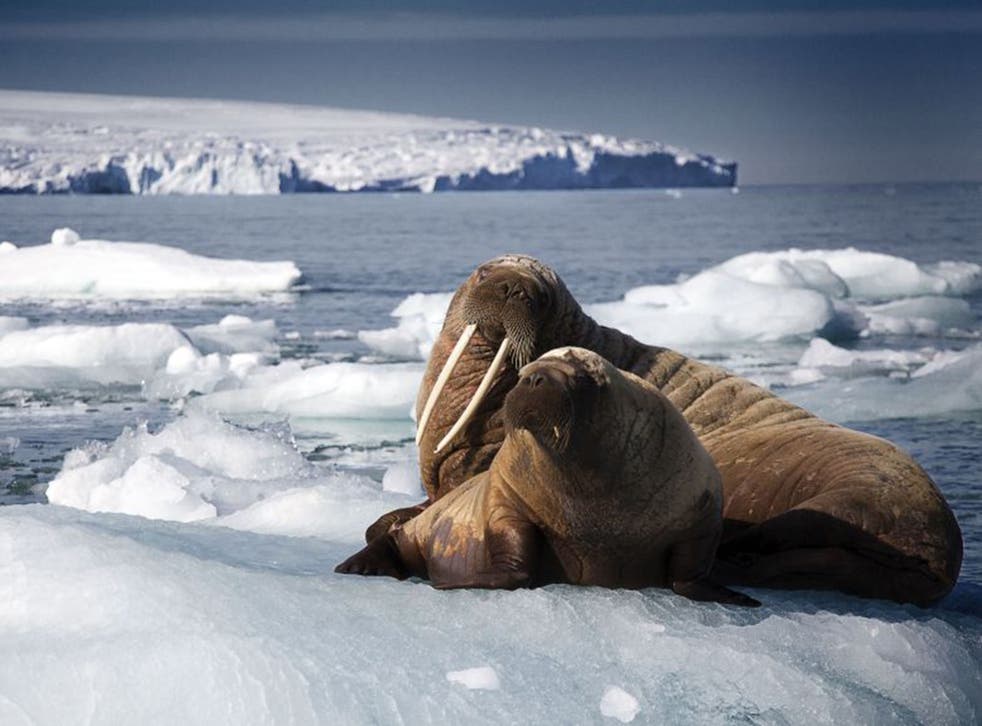Dia da Biodiversidade2022 #ForNature
No dia 22 de Maio é comemorado o Dia Internacional da Biodiversidade.
A data instituída pela Organização das Nações Unidas (ONU) tem como objetivo consciençalizar sobre a necessidade de se conservar e proteger a todas as formas de vida que existem no planeta.
Inicialmente, o Dia da Biodiversidade comemorava-se a 29 de Dezembro, data da entrada em vigor da Convenção da Diversidade Biológica. Todavia, em Dezembro de 2000, a Assembleia-Geral das Nações Unidas escolheu o dia 22 de Maio como Dia da Diversidade Biológica, para comemorar a adopção do texto da Convenção.
- Tema do Dia Internacional da Biodiversidade 2022:
"Construir um Futuro Partilhado, para todos os seres vivos na Terra."
Desafia-nos a todos a ter um papel activo na protecção da biodiversidade, com 22 acções dirigidas a diversos públicos para inspirar movimentos individuais em prol da natureza.
Somos todos chamados à acção, a adoptar qualquer uma, ou todas as acções pela Biodiversidade.
A biodiversidade passa também pelas alterações climáticas que se estão a repetir frequentemente na Antárctida.
Temperaturas muito acima da média, como tem acontecido, sendo que a última vez foi em Março 2023, prejudica terrivelmente a fauna e flora.
via Sustainability for All
Segundo a ONU, três quartos do ambiente terrestre da Terra e cerca de 66% do ambiente marinho foram alterados pela actividade humana, e o último relatório apresentado pela Plataforma Intergovernamental de Política Científica sobre Biodiversidade e Serviços Ecossistêmicos (IPBES) , afirma que mais de um milhão de espécies animais e vegetais estão em risco de extinção.
O Dia Internacional da Diversidade Biológica comemorado todos os anos a 22 de Maio, uma data dedicada a aumentar a conscientização global sobre a importância de proteger os recursos biológicos e a biodiversidade global que molda o nosso meio ambiente - não apenas as várias espécies de plantas, animais e microrganismos ao nosso redor, mas também a diversidade genética de cada um deles, bem como a grande variedade de ecossistemas que compõem nosso planeta.
Ice-free land is home to 99 per cent of Antarctica's plants and animals, including penguins.
Supplied: Peter Ryan
The International Day for Biological Diversity is celebrated each year on 22 May, a date dedicated to raising global awareness about the importance of protecting biological resources and the global biodiversity that shapes our environment - not only the various species of plants, animals and microorganisms around us, but also the genetic diversity of each of them, as well as the great variety of ecosystems that make up our planet.
"Building a shared future for all life."
credits: uploaded by Theresa l. Cole
Areas of Antarctica that are permanently without ice could increase by up to 25 per cent by the end of the century because of climate change.
A study by Australian scientists has found "ice-free areas" will increase up to 17,267 square kilometres by the year 2,100 under a worst-case climate change scenario.
About 68,000 square kilometres — or less than 1 per cent — of the white continent is currently ice free, but that land is home to 99 per cent of Antarctica's terrestrial plants and animals.
‘Dropstones’ are car-sized boulders that fall from passing icebergs – they provide ‘islands’ of rocky habitat for filter-feeding species which otherwise don’t get a look-in on the soft mud of the Antarctic seafloor.
(BBC)
A Crabeater seal in the South Shetland Islands, a chain of Antarctic islands north of the Antarctic Peninsula.
They include penguins, seals and seabirds, but also unique species of lichen, moss, fungi and small invertebrates.
Scientists predict the Antarctic Peninsula will be the hardest hit by ice melt. Lead researcher and PhD candidate with CSIRO and the University of Queensland Jasmine Lee said it was the region already most affected by climate change.
"We picture Antarctica as this mass of white glaciers with a couple of penguins there but on the peninsula especially, it might become more rocky and green [in the future]," she said.
"A recent study has found that the moss on the peninsula has been growing quite rapidly with the increase in temperatures, so we might see more greenery as well as more ice-free habitat." Read more here
Geração 'explorer'
22.05.2022



